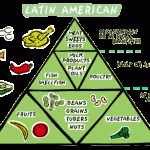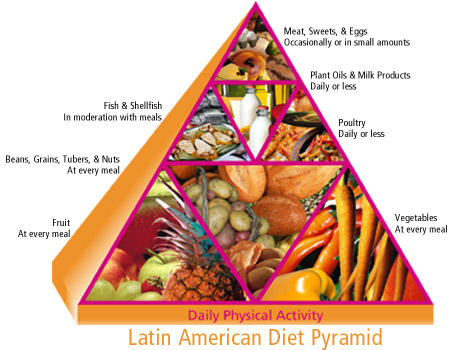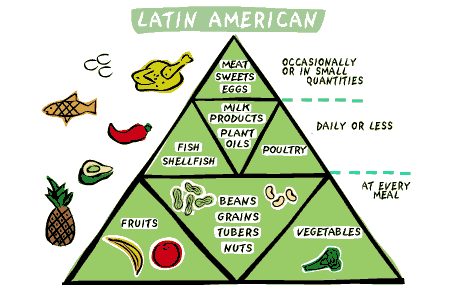The federal capital is transferred from Philadelphia to the District of Columbia. Two years later, Congress provides the city with its first municipal charter.
Joseph Marion Fernandez (1783-1857) becomes the first Hispanic to serve in Congress as a delegate from the territory of Florida.
Many Latin American political exiles settle in Washington, DC, escaping a new wave of dictatorships throughout Latin American.
With the outbreak of the Cuban Revolution, many Cuban exiles begin to settle in the Washington, DC, metro area.
The Washington Metropolitan Area Transit Authority is created. Economic crises and political instability in Central America increase the number of Central American migrants in the Washington, DC, metro area.
Congress approves the District Self-Government and Governmental Reorganization Act, which establishes the current governance structure with an elected mayor and a 13-member council.
The Mayor’s Office of Latino Affairs (OLA) is organized to act as liaison between the District government and the Latino community. To date, this office along with the Commission on Latino Community Development is the only political voice for Latinos in the District government agencies.
The nonpartisan Congressional Hispanic Caucus Institute is established.
1979 The Salvadoran civil war and the Nicaraguan Revolution contribute to the increase of these two Latino groups in Washington, DC. The decade of the 1980s witnesses the largest wave of Latino migrants to the District.
1986 The Hispanic Chamber of Commerce is founded, reflecting the increasing presence of Hispanics in the business sector of the state and the purchasing power of this group.
2000 The Latino population reaches 39 percent of the foreign-born population of the District of Columbia; by 2002, Latinos constitute 9.4 percent of all the District’s residents.
2003 The Latino population in the District reaches 53,289.
Latin American Guide Photo Gallery
Maybe You Like Them Too
- Top 10 Islands You Can Buy
- Top 10 Underrated Asian Cities 2023
- Top 10 Reasons Upsizing Will Be a Huge Travel Trend
- Top 10 Scuba Diving Destinations
- The Best Cities To Visit in The World






